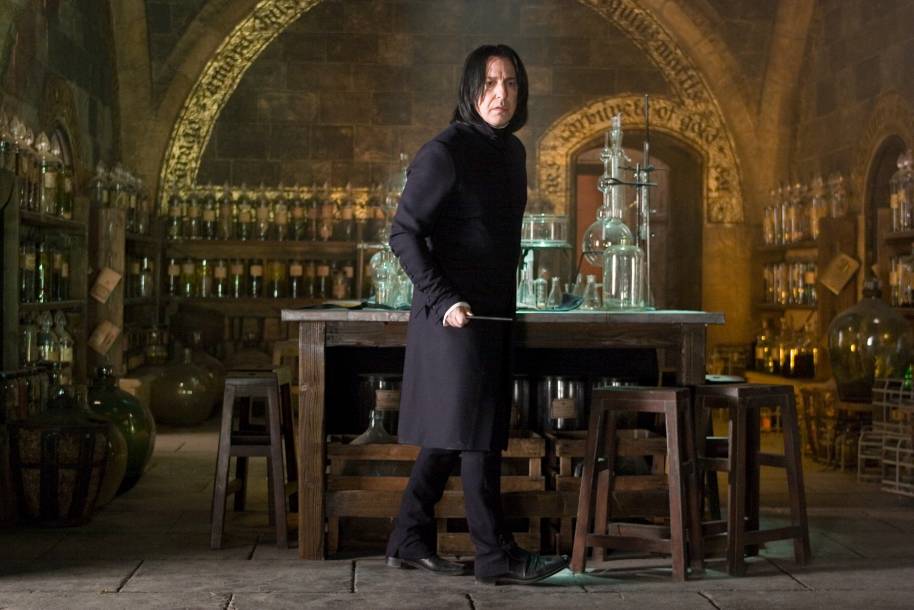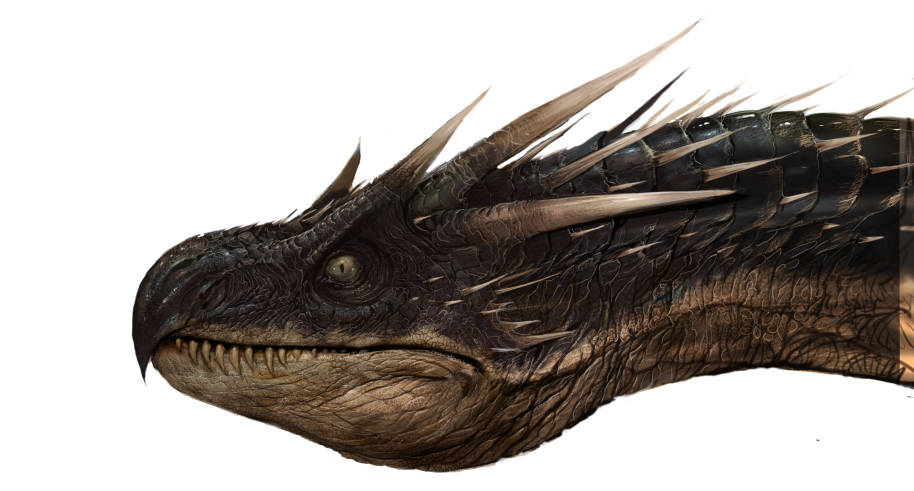
Madam Pomfrey wasn’t short of purple potions and nasty-smelling green ointments. Which was just as well, given the amount of curse-inflicted injuries, battle wounds, strange boneless arms and beastly bites that sent students into her care. Here are some of the more unusual cures wizards and witches like to keep in their first aid box…
Phoenix tears: good for healing even deadly wounds

A bird that can turn into a horrendous fireball then arise as an adorable little newborn from its ashes is a good bet when it comes to needing something to help revive you. Sure enough, Dumbledore’s pet phoenix Fawkes offered Harry invaluable restorative aid on many occasions. Sometimes just stroking Fawkes’s feathers was enough, but crucially, Fawkes arrived in the Chamber of Secrets just in time to save Harry from the deadly poison of the Basilisk’s fang.
Skele-Gro: good for getting your bones back

When Gilderoy Lockhart’s magic failed to mend Harry’s injury after a Quidditch incident and instead removed ALL the bones from his arm, Madam Pomfrey thankfully had Skele-Gro: an actual medicine that could grow back bones. Bones! Take that, cough syrup. Although we have heard it is quite painful.
Stewed horned slugs: good for treating boils

One of the first potions Severus Snape taught the first years was a simple cure for boils. Its ingredients included dried nettles and crushed snake fangs, which turned out to be perfect for the dermatologically challenged witch or wizard.
Mandrakes: good for treating Petrification

When something foul was stalking the corridors of Hogwarts, Petrifying the pupils and cats, the race was on to cultivate fully grown Mandrake plants. Herbology teacher Professor Sprout had a few techniques for encouraging swift Mandrake growth (including dressing them in socks and scarves when the soil was cold). When Harry, Ron and Hermione first encountered young Mandrake plants, they resembled screaming babies, so it’s no surprise that in order to reach full maturity for the remedy to treat Petrification, they have to go through puberty first. Kids, eh?
Wolfsbane: good for calming a werewolf

There’s nothing like a good draught of Wolfsbane Potion to relax a nervous werewolf as the full moon appears. As Professor Lupin explained, he got Professor Snape to brew it for him, relieving his more lupine tendencies.
Honeydukes best chocolate: good for recovering from a Dementor attack

In the wizarding world, chocolate is medicine. Chocolate. Is. Medicine. Madam Pomfrey usually patrolled the hospital wing equipped with a chocolate bar the size of a small boulder. Wow.
Dragon steak: good for taking the sting out of a black eye

It takes a supersized remedy to repair a supersized man. No antiseptic cream for Hagrid when he’s been in the wars. Nope, only a big hunk of dragon meat will do. Er, how about a nice plaster?
Bubotuber pus: good for a rosy complexion

When you’ve got a school full of pupils at various stages of puberty, it pays to have a skin treatment on hand. Forget glamorous ads for beauty products, nothing beats the squeezed pus of a Bubotuber – a plant that resembled a giant black slug. No one said beauty routines had to be beautiful, kids. Of course, it could also be used as a creative filling for hate mail, as poor Hermione discovered when she suffered the wrath of Rita Skeeter’s readers.
Unicorn hair: good for dressing wounds

Apart from offering everyone who visited his hut a reviving brew of tea, Hagrid had a few excellent cures and treatments up his sleeve thanks to his extensive knowledge of magical (and sometimes horrendously dangerous) creatures. Often secretive, Hagrid let Professor Slughorn in on his top tip for homemade bandages: just add a bit of unicorn hair. You know, those incredibly common unicorns you just get hanging around.
Unicorn blood: good for staying alive (at a price)

Of course not all medical aids are used for good. While Hagrid’s bandages don’t endanger the life of a unicorn, the most evil spirits are not so respectful. In the Forbidden Forest, Harry and Firenze witnessed a cloaked figure drinking the blood of a slain unicorn. Turned out that guy was Lord Voldemort.

